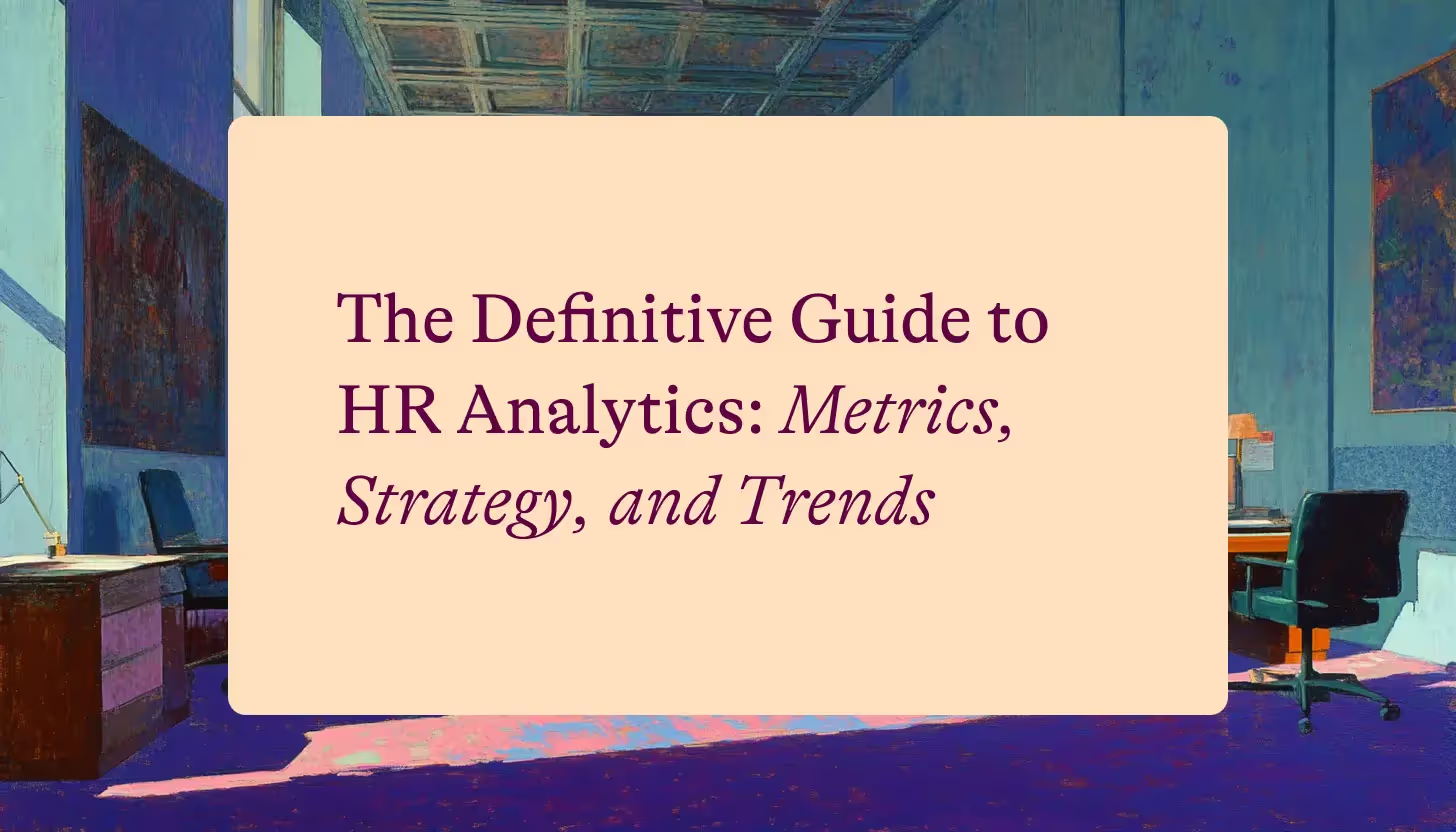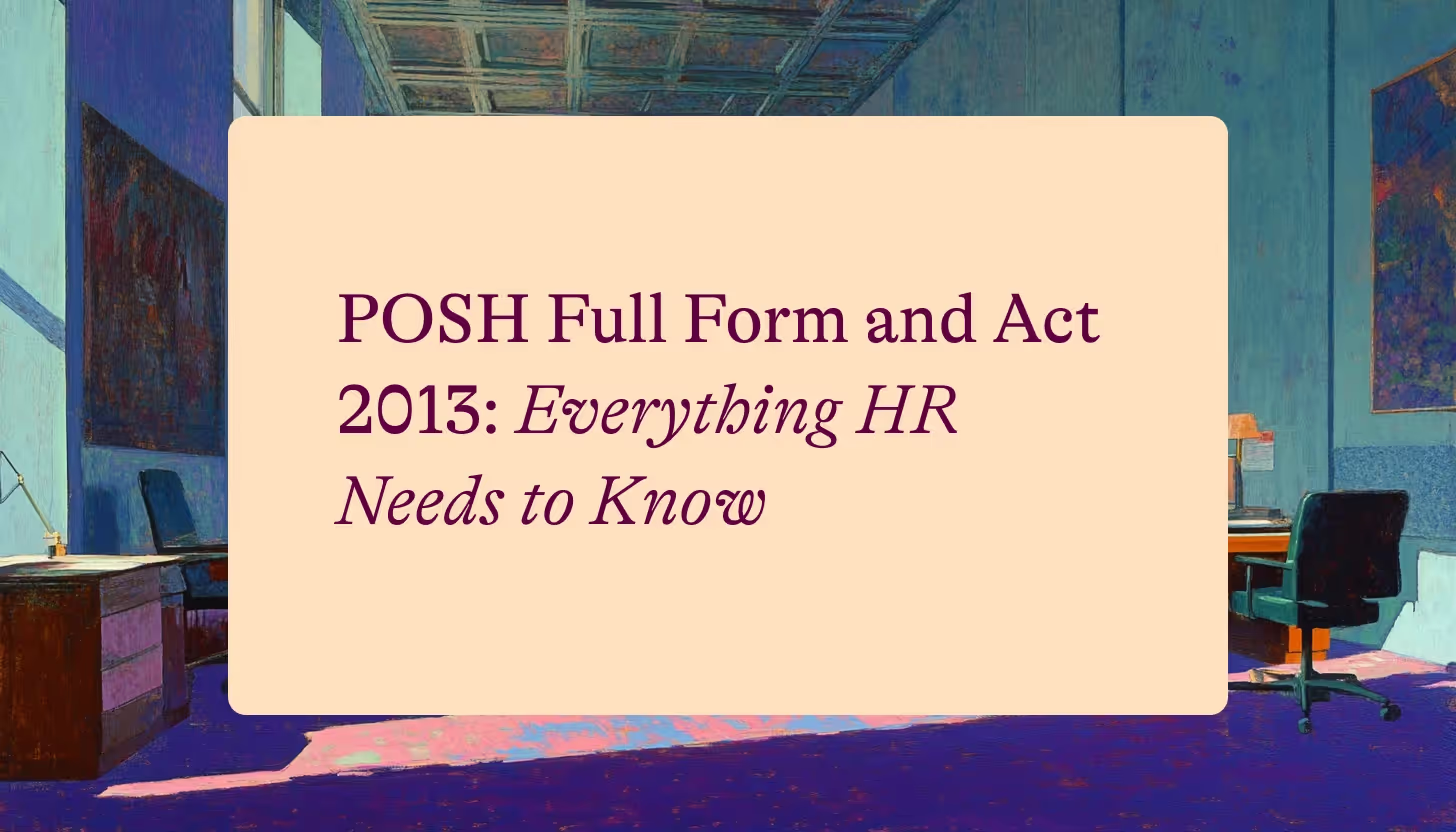Gratuity is one of those benefits employees ask about right when they join—and again when they leave. As an HR professional, you’re expected to explain eligibility, do the math correctly, and guide employees on taxes and timelines. This guide is built for new HRs in India: plain language, correct formulas, worked examples, and a one-click calculator you can host on your site.
What is gratuity?
Gratuity is a one-time payment employers make to employees to recognise long-term service. It’s governed by the Payment of Gratuity Act, 1972. In practical terms, gratuity is due when an employee retires, resigns, or is otherwise separated—subject to eligibility rules. For death/disablement, the minimum service rule is waived.
Who is eligible?
You’re generally eligible if you:
- Complete 5 years of continuous service with the employer (waived in death/disablement).
- Work in an establishment covered by the Act (typically 10+ employees).
- Are on the employer’s rolls (contract/trainee may vary by policy/contract—keep it explicit in your handbook).
The “4 years 240 days” interpretation (what HR should know)
Indian courts have, in some matters, treated 4 years and 240 days (or 190 days for a 5-day week) as satisfying the “5 years” condition. This isn’t codified in the Act; it’s a judicial interpretation applied in specific cases. Always involve legal/ER before adopting a blanket policy.
How to calculate gratuity
There are two standard formulas—one for employers covered under the Act and one for those not covered.
A) For establishments covered under the Act
Formula:
Gratuity = (15 × Last drawn salary × Years of service) ÷ 26
- Last drawn salary = Basic + Dearness Allowance (DA)
- “26” reflects working days in a month for this purpose
- Round service up if the extra months are ≥ 6 months (e.g., 8 years 7 months → count 9 years)
Worked example (Act-covered):
Basic + DA = ₹30,000; Tenure = 8 years 7 months
Years counted = 9
Gratuity = (15 × 30,000 × 9) ÷ 26 = ₹1,55,769 (approx.)
B) For establishments not covered under the Act
Formula:
Gratuity = (15 × Last drawn salary × Years of service) ÷ 30
- Extra months are usually ignored (no rounding up)
- Use Basic + DA for salary
Tax rules HR should explain simply
- Government employees: gratuity is fully tax-exempt.
- Private-sector employees: tax-exempt up to ₹20,00,000 (current limit). Excess is taxable as per the Income-tax Act.
Tip: When employees ask “How much will hit my bank?”, show the gross gratuity and then note the ₹20 lakh exemption cap if applicable.
[[cta-banner-5]]
Payment timelines and interest
Employers must determine and pay gratuity within 30 days of it becoming due. If delayed, interest is payable until the date of payment, subject to the Act and rules. Courts have reiterated that the obligation is not contingent on a separate written request post-exit.
HR playbook: doing this right and fast
- Capture the right salary: Always use last drawn Basic + DA, not CTC or gross.
- Count service correctly: For Act-covered, round up if ≥ 6 months; for non-covered, ignore partial years.
- Record keeping: Maintain a gratuity tracker by month/department; Finance will love you.
- Proactive comms: Share eligibility basics in onboarding and exit checklists.
- Edge cases: For separations near 4 years 240 days, align with legal counsel before committing.
Common mistakes to avoid
- Calculating on CTC instead of Basic + DA.
- Ignoring salary revisions when determining the last drawn figure.
- Delaying beyond 30 days (interest can apply).
- Treating the ₹20L cap as the payout cap (it’s the tax-exempt cap; employers may pay more).
Sample policy clause you can use
Gratuity
The Company provides gratuity in accordance with the Payment of Gratuity Act, 1972, as amended. For eligible employees, gratuity is payable upon cessation of employment. Gratuity is calculated on the last drawn Basic plus Dearness Allowance, using the formula prescribed by law. Payment will be made within 30 (thirty) days of it becoming due, subject to statutory provisions and internal clearances.
[[cta-banner-5]]
Frequently asked questions
1) Can an employee get gratuity before 5 years?
Not ordinarily; the 5-year rule is waived for death/disablement.
2) Is gratuity paid if someone resigns?
Yes—if eligible (5+ years service; policy/legal exceptions apply).
3) Which salary is used?
Basic + DA only, not gross or CTC.
4) What if the employer is not covered by the Act?
You may still pay gratuity using the 15/30 formula; document the method in policy.
5) Is the calculator’s result final for tax?
No—treat it as guidance. Tax treatment follows the Income-tax Act and CBDT notifications (₹20L exemption cap currently).
.avif)










.avif)














